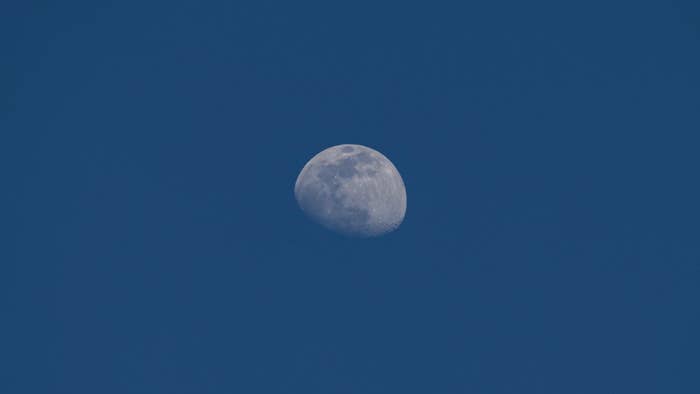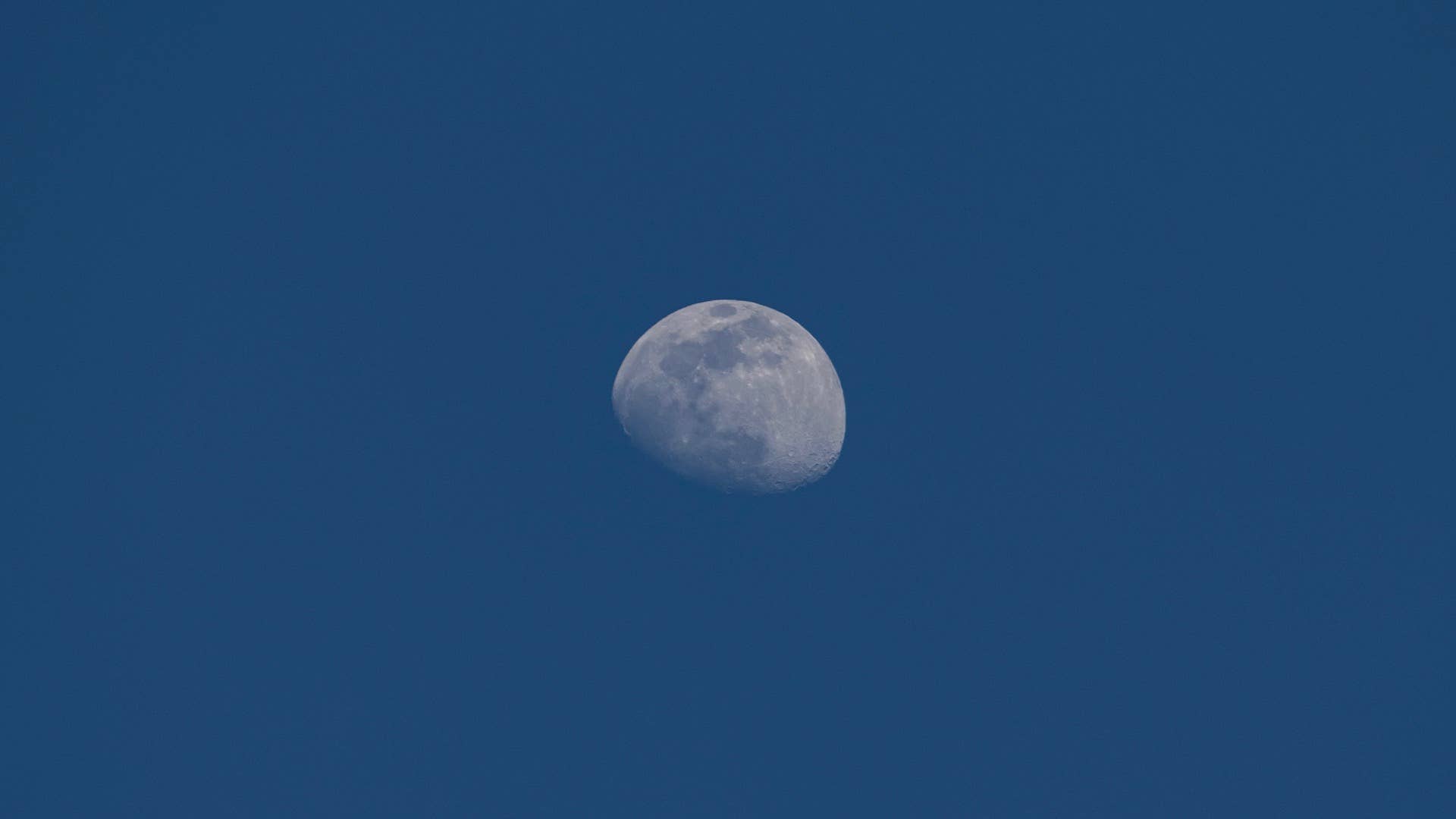
Upcoming changes in the moon’s orbit could have devastating effects on the United States.
According to a newly published report, researchers at NASA and the University of Hawaii predict a “wobble” in the moon’s orbit, combined with rising sea levels due to climate change, will cause record flooding in the country’s coastal cities. NASA explains that these floods will likely occur in clusters that last a month or longer, meaning their impact will be much more severe than than usual, depending on the positions of the sun, moon, and earth.
“When the Moon and Earth line up in specific ways with each other and the Sun, the resulting gravitational pull and the ocean’s corresponding response may leave city dwellers coping with floods every day or two,” read the study, published in the journal Nature Climate Change.
The National Oceanic and Atmospheric Administration (NOAA) reported 600 “high-tide” floods occurred in 2019; that number is expected to significantly increase in the 2030s, during the tide-amplifying portion of the lunar cycle. According to NASA, the “wobble” was first reported in 1728 and takes about 18.6 years to complete. Although the change in orbit isn’t new, it can exacerbate the dangers posed by global warming—specifically rising sea levels.
“It’s the accumulated effect over time that will have an impact ...” said the study’s lead author Phil Thompson, an assistant professor at the University of Hawaii. Thompson acknowledged that floods involved a small amount of water when compared to natural disasters like hurricanes, but noted that the frequency of these floods could cripple U.S. infrastructure. “If it floods 10 or 15 times a month, a business can’t keep operating with its parking lot under water. People lose their jobs because they can’t get to work. Seeping cesspools become a public health issue.”
NASA researchers say they hope their findings will motivate state and local leaders to take action and dedicate more resources to flood preparation.
“From a planning perspective, it’s important to know when we’ll see an increase,” said the study’s co-author Ben Hamlington of NASA’s Jet Propulsion Laboratory in Southern California. “Understanding that all your events are clustered in a particular month, or you might have more severe flooding in the second half of a year than the first – that’s useful information.”

